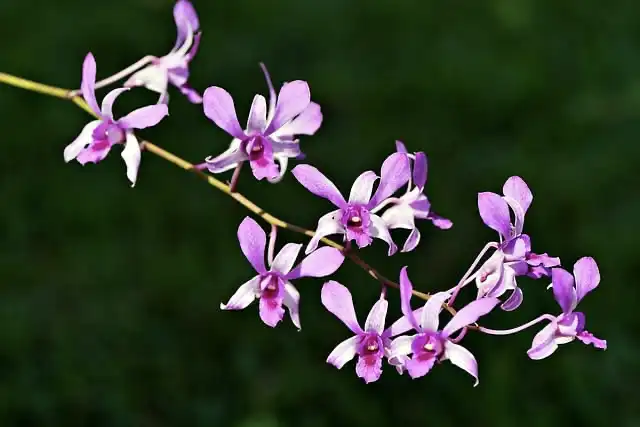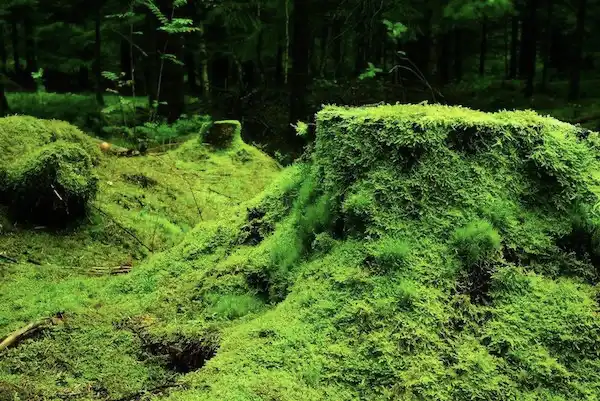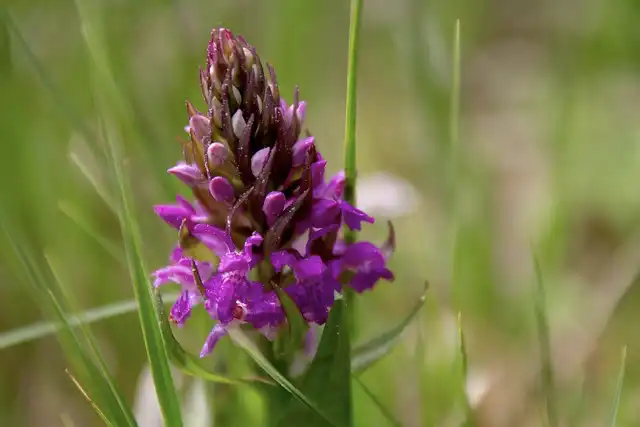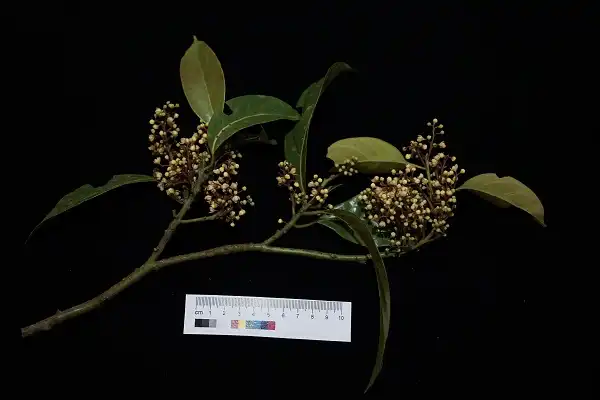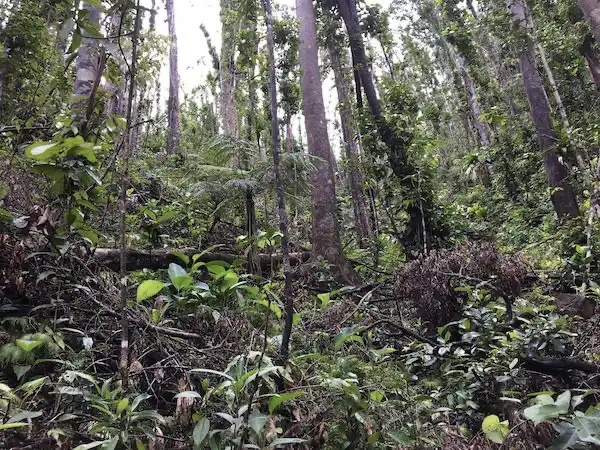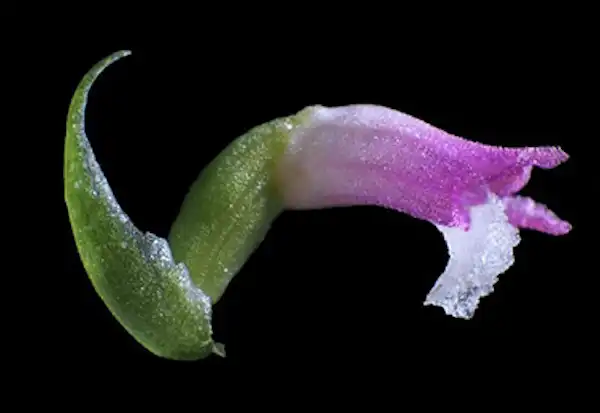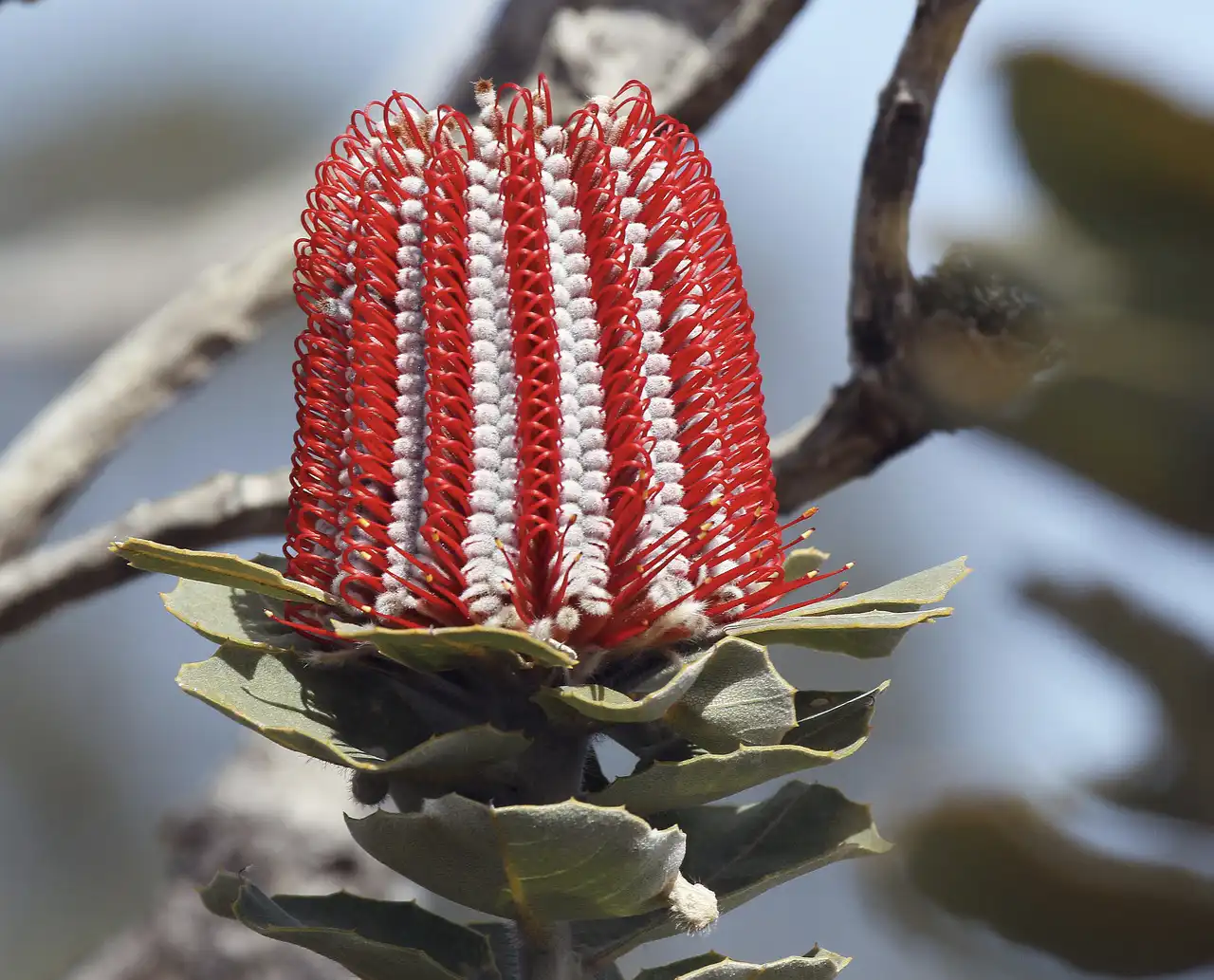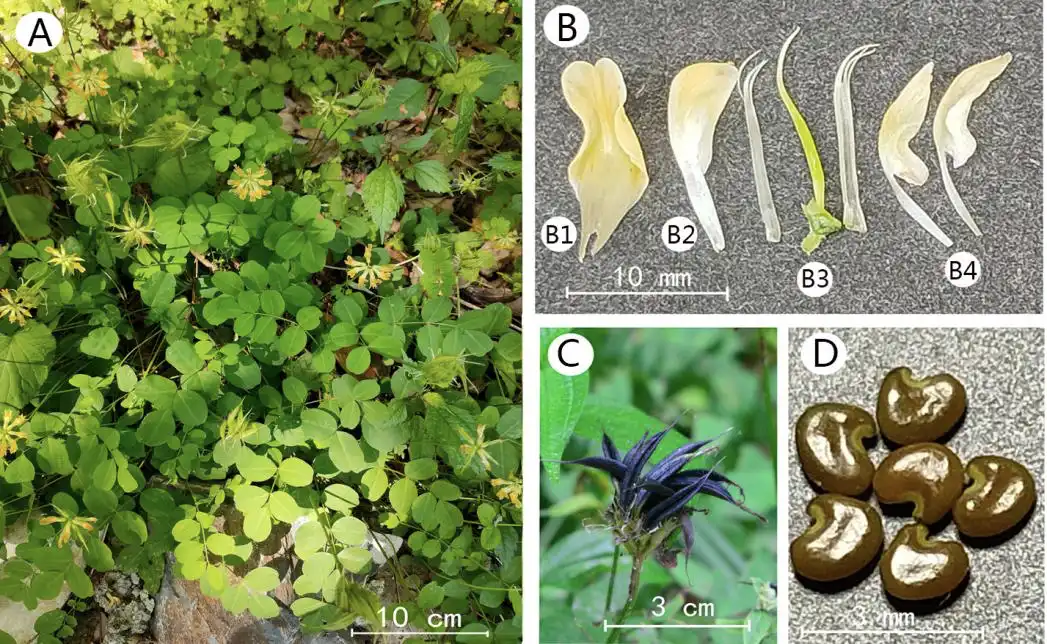
For several years, ecological research has argued that climate often has no determining influence on the distribution of forests and savannas in tropical regions. However, an international research team has now succeeded in proving that it depends mostly on climatic…
Read More


